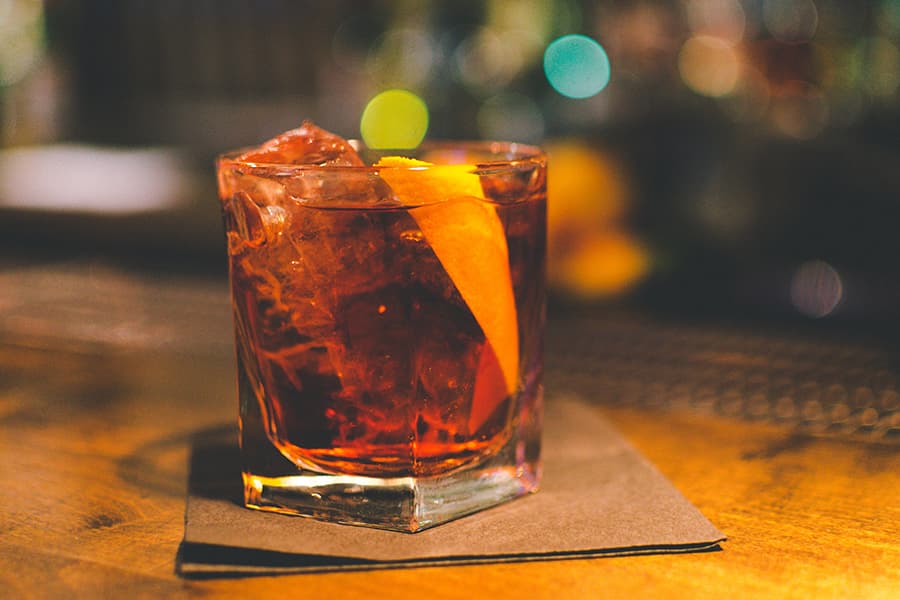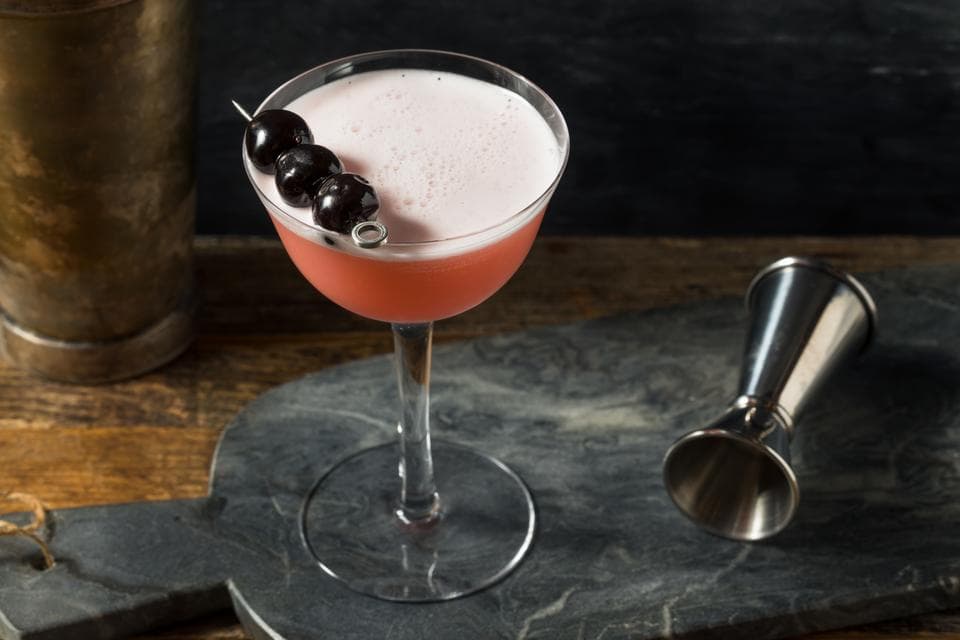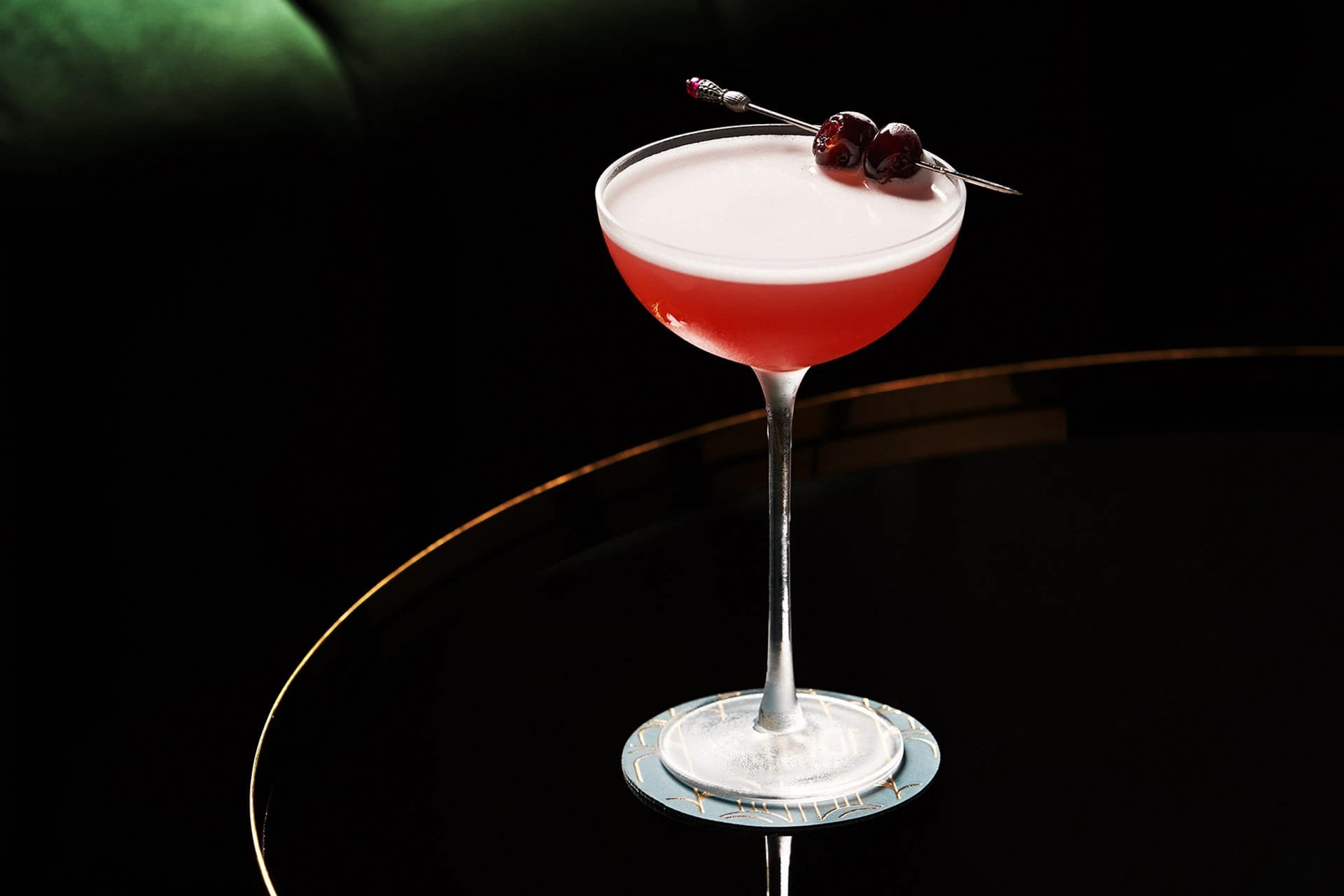Canchanchara Cocktail
The Canchanchara cocktail is a very unique drink in its own right. Unlike polished classics associated with elite bars, it originated from humble beginnings, becoming a symbol of the working class in Cuba. Though its popularity waned due to the disrupted sugar trade, it has recently resurfaced to commemorate its legacy and craftsmanship. This cold beverage is shaken and served in a traditional jícara, reflecting its cultural significance and rustic roots.
Ingredients
Serves1- Check off ingredients
- 30mL Cuban Aguardiente
- 15mL fresh lime juice
- 15mL raw honey
- 20mL water (room temperature or warm, to dissolve the honey)
- Ice cubes
Method
- Step 1
In a shaker, dissolve raw honey in water to make a smooth base that blends well with the remaining ingredients.
- Step 2
Combine the honey, water and Cuban Aguardiente before adding in fresh lime juice.
- Step 3
Fill the shaker with ice and shake vigorously for 10-15 seconds to cool and combine the beverage.
- Step 4
Strain into an ice-filled jícara and garnish with a lime wedge for a rustic look.
Tips & Suggestions
Frequently Asked Questions
How should the Canchanchara cocktail be served?
Is the Canchanchara cocktail typically shaken or stirred?
Can a Canchanchara cocktail be made as a non-alcoholic drink?
You may also love these
Rate This Cocktail
If you love this recipe then tab a star to rate it.






